Submitted Review
‘…drawn from the Swedish word jordnära, meaning “close to earth”…’
Ulrica Trulsson ‘Close to Earth’
The title of Ulrica Trulsson’s solo show at Beaver Galleries is drawn from the Swedish word jordnära, meaning “close to earth”, a phrase that encompasses both the work’s materiality and its inspiration, her everyday encounters with the natural world. Here she presents a suite of reduced stoneware forms – bottles, cylinders, lidded boxes and narrow-necked vase forms – all glazed in subtle shades of green, earth tones and white. Whilst the natural world might be Trulsson’s starting point, this exhibition is also a sophisticated exploration of recent ceramic conventions, which invests them with a fresh formal and aesthetic vocabulary.
For the most part, Trulsson groups her vessels in clusters like small still lives. This practice has become something of a trope within ceramics in the last few decades through the work of artists such as Gwyn Hanson Piggott or Kirsten Coelho, with whom Trulsson studied. It is not hard to see why so many artists have been interested in the possibilities that grouping works together can provide. It is both a phenomenon that is replicated in the arrangements of everyday domestic life — the accidental compositions of jugs and beakers or bowls in a kitchen, for example — as well as one that allows artists to explore the sculptural and painterly properties of domestic objects.
Whilst Trulsson works within what could be termed a new tradition, she makes it her own. Her focus on constructing small groups of no more than three objects requires the viewer to see them both as sculptural arrangements and as foils for each other. In On My Path IV, the pristine cream form of a lidded jar carves a visual arc into the columnar shape of a cylindrical vase, drawing the eye to the speckles of oxide stain on its surfaces. In Close to Earth I, two cylindrical vases and a lidded canister play off each other in a beautiful spectrum of flecked browns and soft greens that evoke the colours and patterns of eucalyptus branches and leaves. By drawing the viewer in close like this, she blurs the distinction between form and surface, providing an unexpectedly immersive experience.
At once domestic in scale and monumental in form, Trulsson’s objects appear to be informed by the aesthetic vocabulary of mid-twentieth European and Scandinavian ceramics. Their simplified profiles play with the purism that marks the work of Piggott and Coelho, but they push back against any notion of an ideal form through small interventions that render them engagingly idiosyncratic. With several bottle forms, for example, she pushes the necks back into the body of the vessel, creating a curiously satisfying donut-like round-shouldered effect. In other canisters and bottles with lids, the stoppers are ever so slightly wider than the necks, which both draws attention to the stopper’s function and creates a slight disruption to the object’s profile, gesturing to the way in which such forms straddle both the aesthetic and domestic realms.
AMB
Anne Brennan
Due to technical issues images supplied are courtesy Anne Brennan and Ulrica Trulsson.
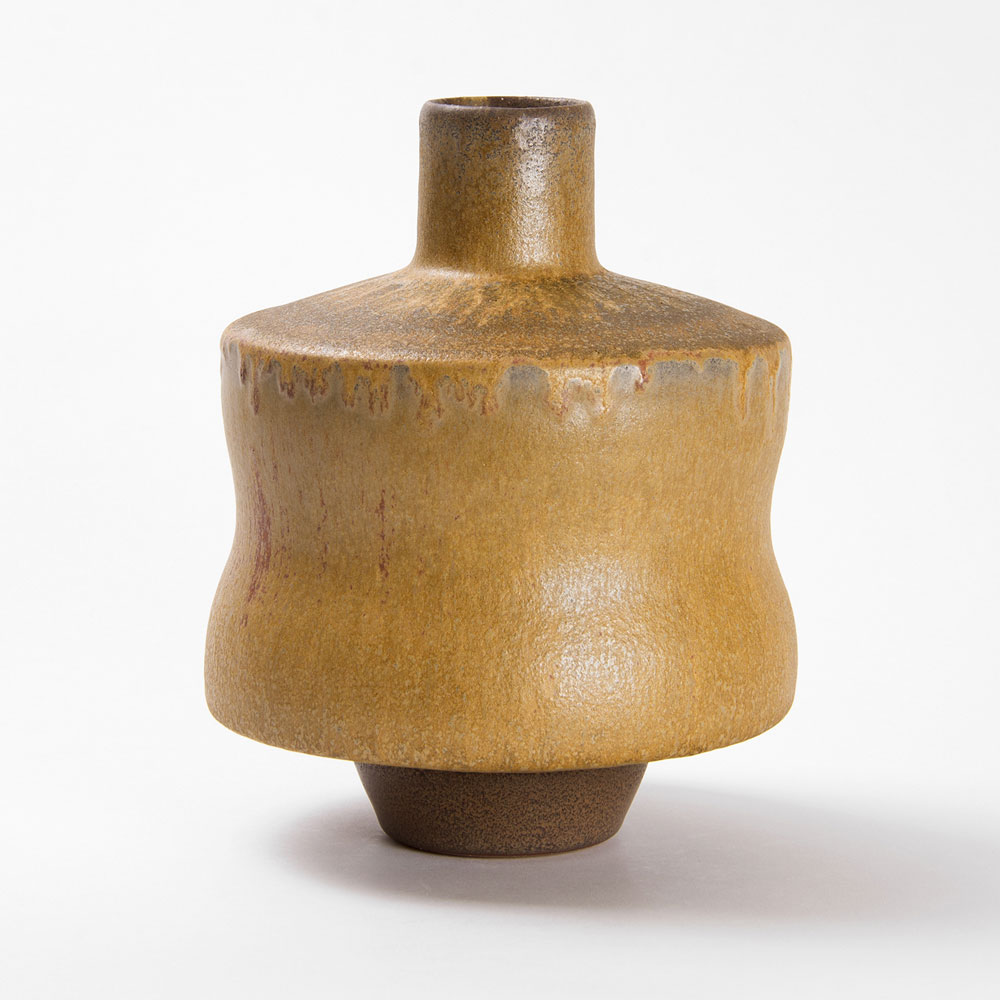
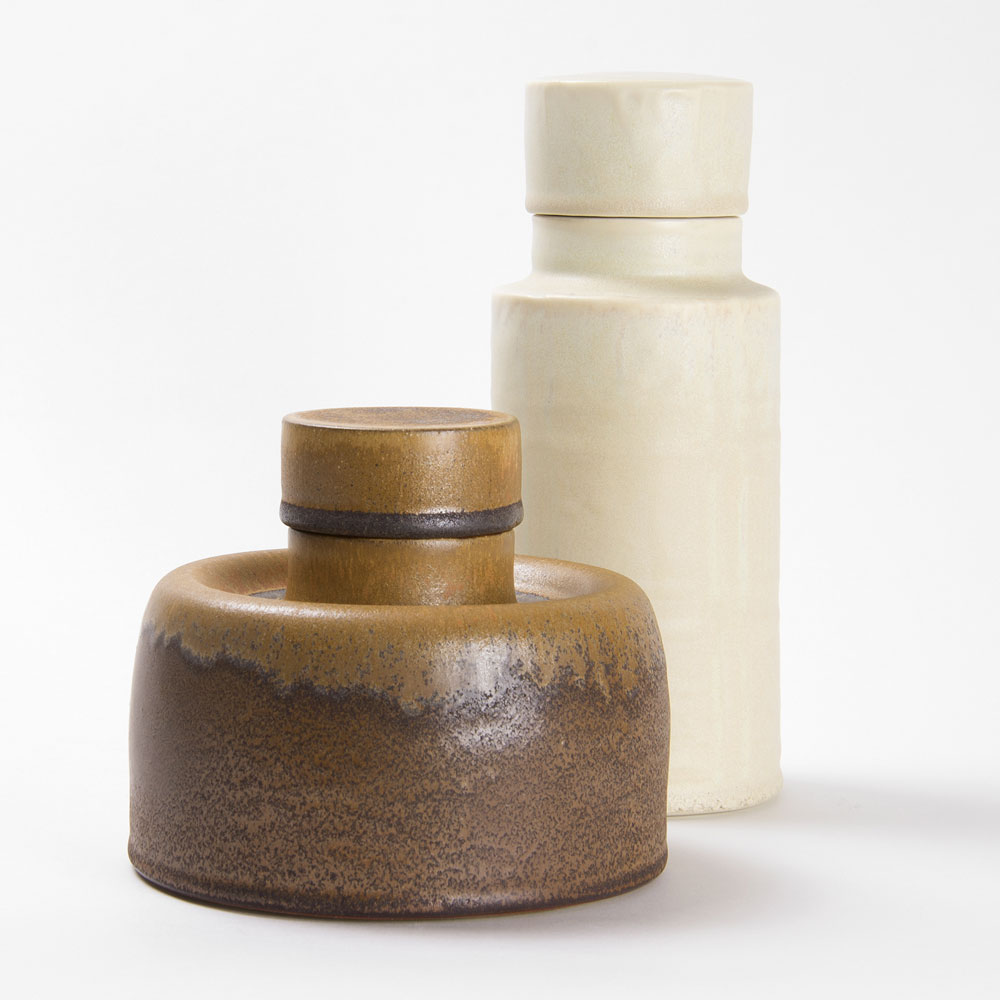
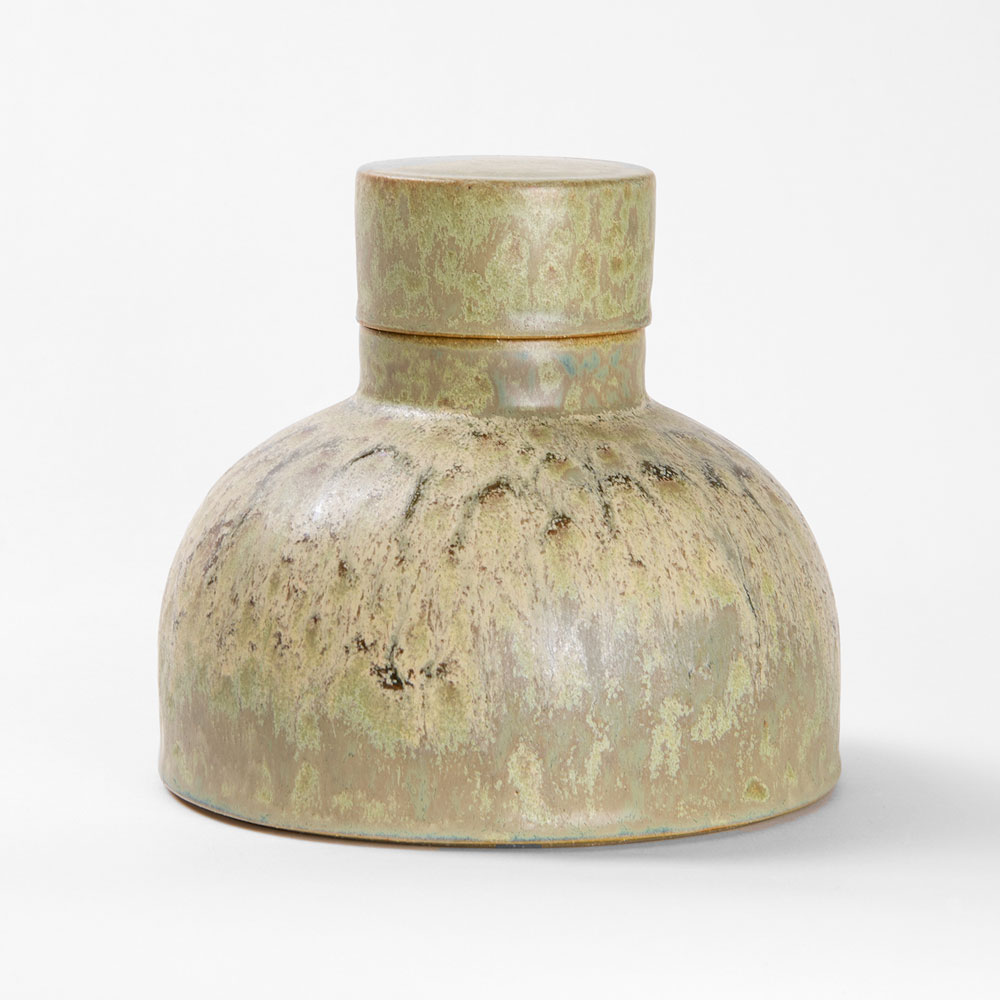
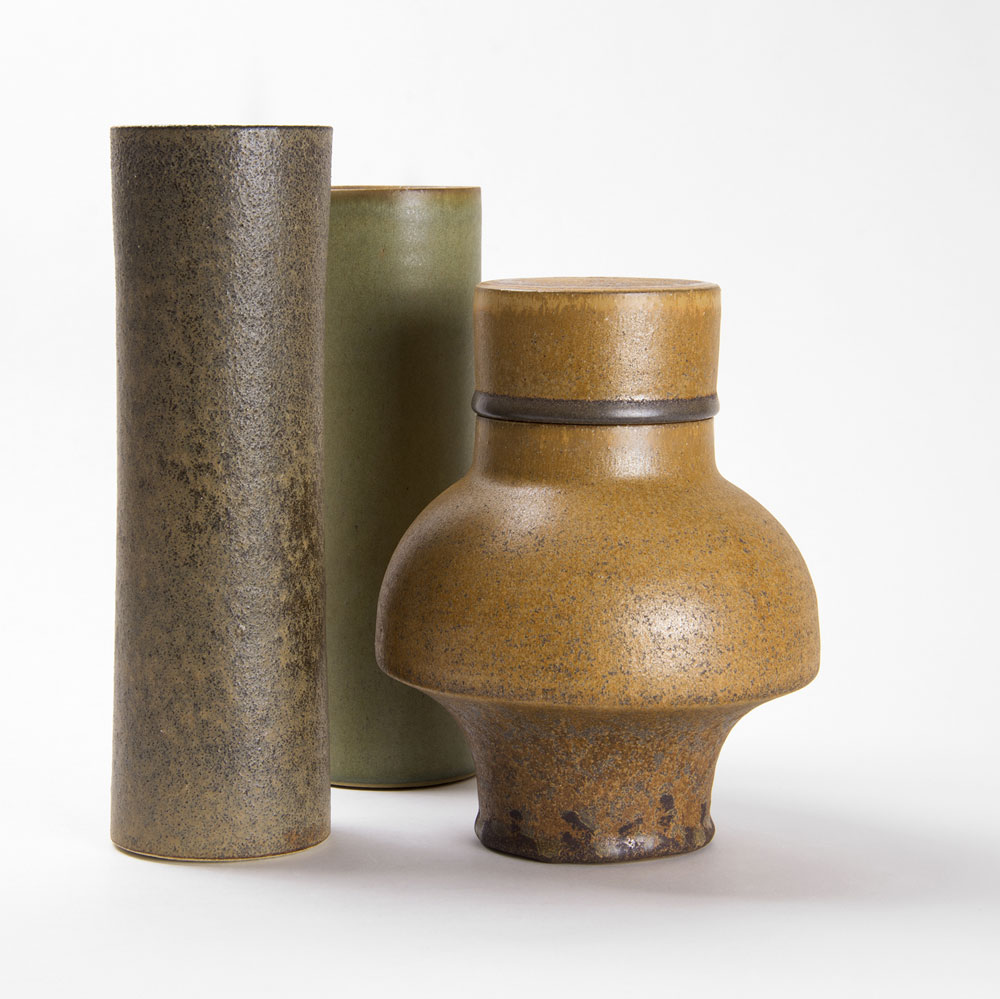
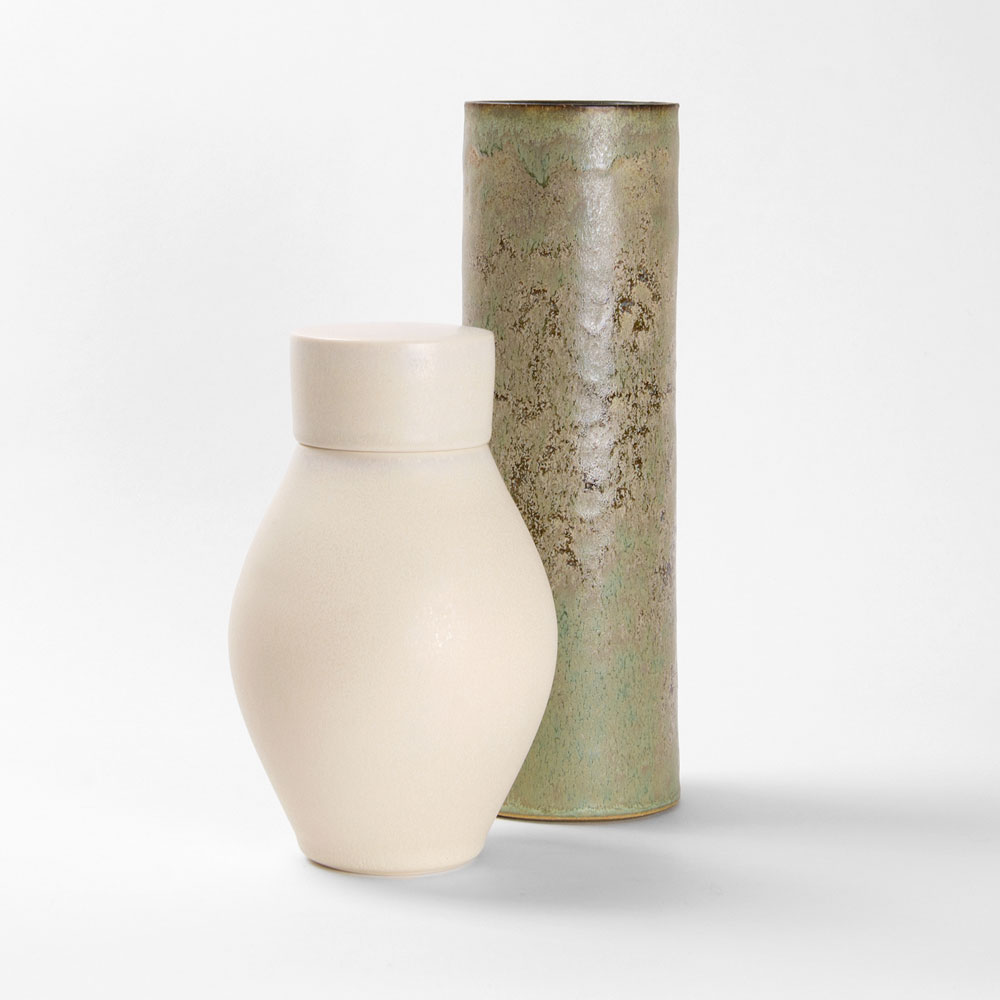
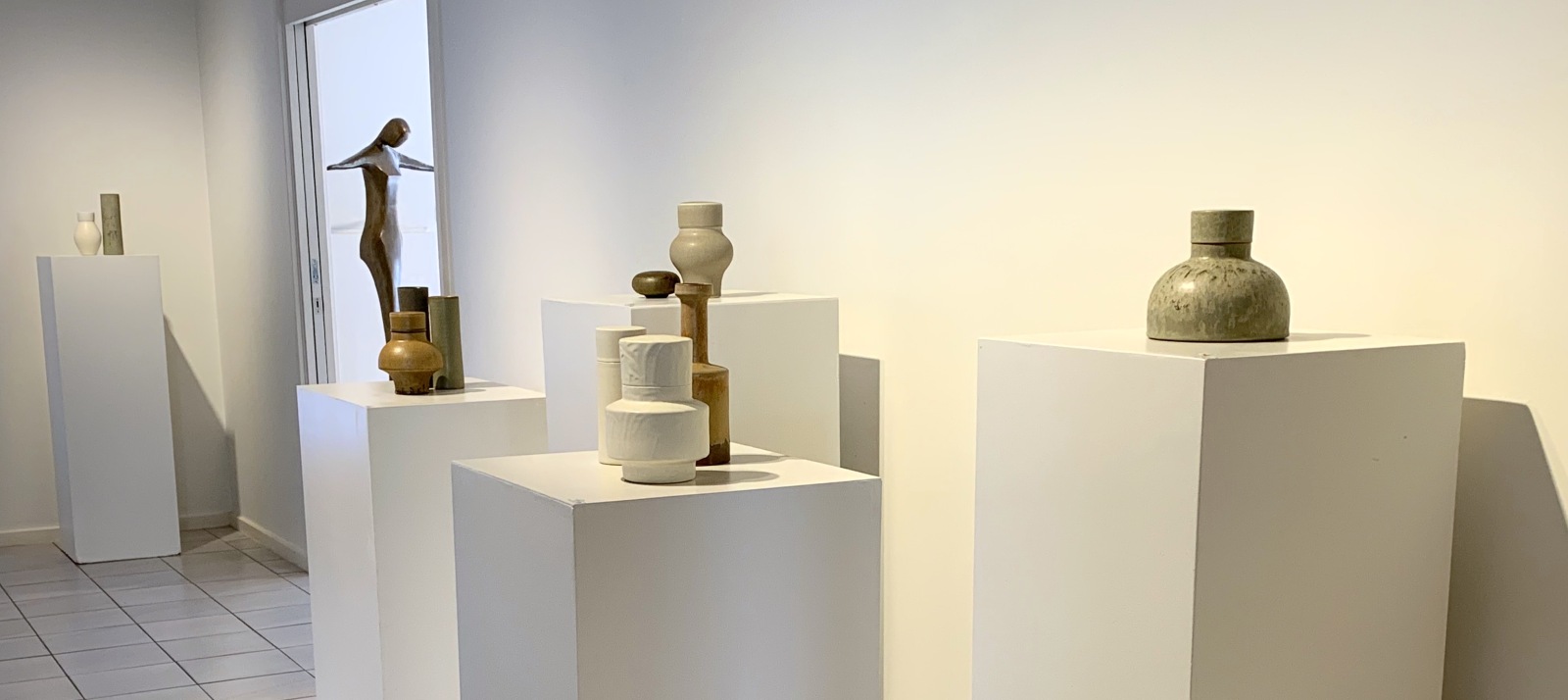
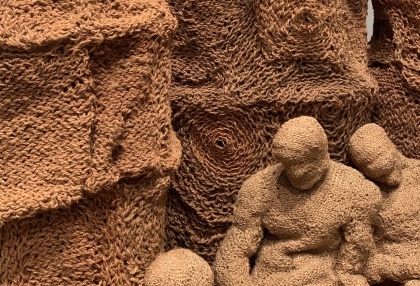
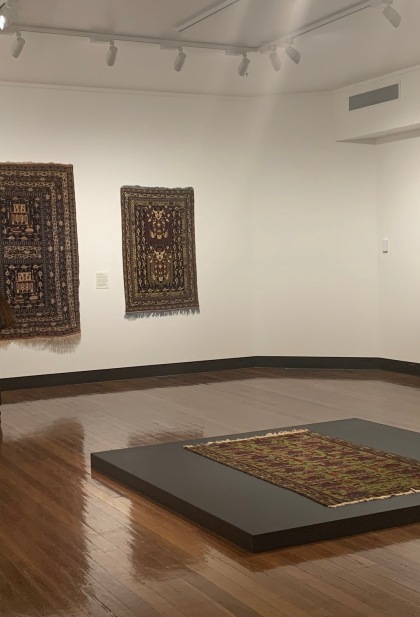
No Comments